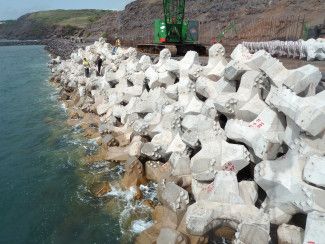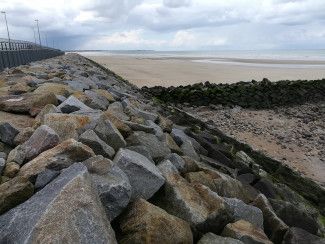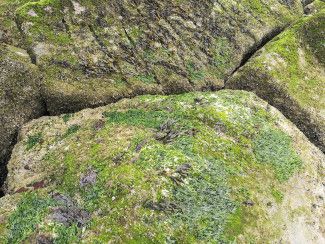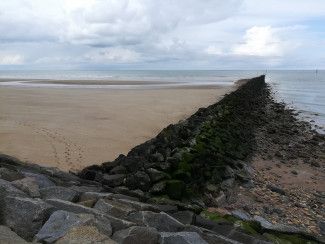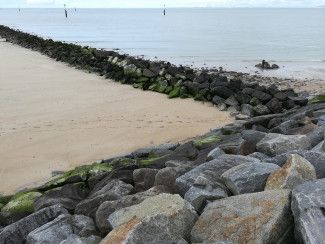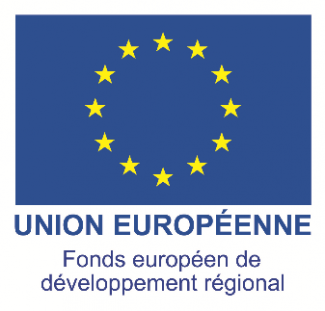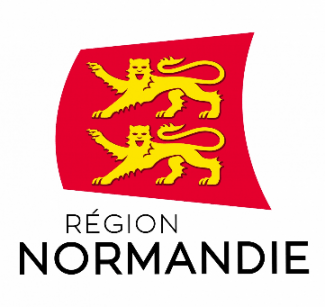R&D
Continuous Research and Development on armouring technologies comes in two time scales:
Systematic implementation of feedbacks from Technical Assistance onsite or from stability hydraulic model tests performed in a laboratory : hence the constant evolution of CLI documentation as well as training provided by CLI specialists.
A more structured and basic research to improve the performances of CLI technologies : ACCROBERM™ blocks are the result of a reflection on how to reduce the environmental footprint of breakwaters on the seabed, increase the toe stability compared to already existing solutions and make the construction of the breakwater toe easier.
In addition, digital technologies which process data and communication are an integral part of CLI solutions.
The CLI CERTIFICATIONTOOL includes a database which enables all parties involved in the project, to share in real time the information and the progress of the Quality Control of the breakwater works.
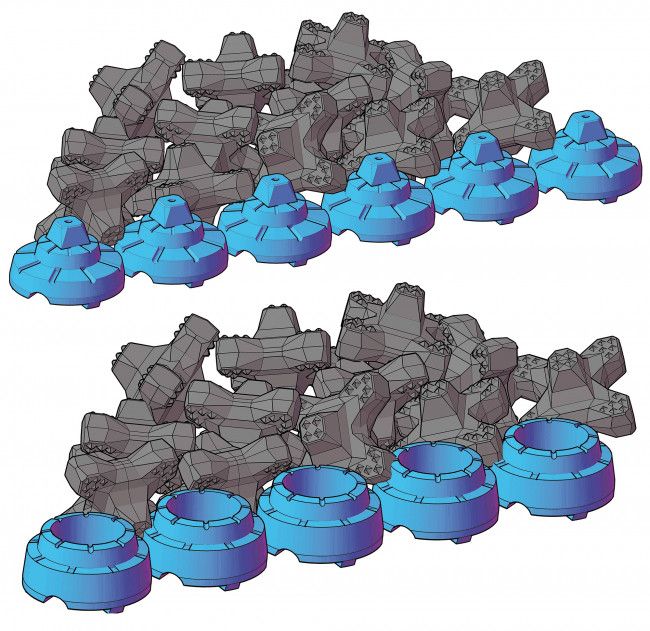
CHERLOC project: coastal engineering and marine biodiversity
ACCROBERM™II, developed by Artelia, tested on 2 pilot sites early 2021 (Cherbourg & Ouistreham, France).
CCHERLOC is a collaborative research project co-financed by the European Union and the Normandy Region within the framework of the ERDF/ESF 2014-2020 operational program, up to 40% of the eligible amounts for Artelia.
The project partners are:
- The University of Caen Normandy with the laboratories :
- BOREA, UFR des Sciences,
- M2C, UFR des Sciences,
- CERREV, UFR Humanities and Social Sciences,
- Graduate School of Construction and Engineering Caen (ESITC Caen),
- The marine works Contractor MARC SA,
- ARTELIA
Are also associated to the project:
- Ports of Normandy,
- CEREMA.
The purpose of this project is to study, through a multidisciplinary approach, two new types of artificial concrete blocks developed for coastal and marine infrastructure and for enhancing marine biodiversity. Their interest for coastal engineering and marine biodiversity as well as their social acceptability will be assessed through two pilot operations.
In a context of climate change, of Global Gea Levels (GSL) rise and biodiversity loss, sea defences and breakwaters remain necessary even though the development of Nature-Based Solutions. To mitigate against biodiversity loss, new approaches have to be found to incorporate habitat opportunities in marine infrastructure regardless the context, i.e. rehabilitation of existing breakwaters, maintenance of them or protecting them new major interests.
In this context, the CHERLOC project aims:
- To further improve the coastal and marine infrastructure by incorporating eco-engineering into the new solutions while guarantying hydraulic stability and limiting overtopping.
- To contribute to scientific knowledge on the interactions between the blocks their capability of enhancing the development of marine biodiversity in order to make them vectors for an eco-design of infrastructure.
- To evaluate the perception of these blocks and structures by stakeholders in the territories concerned with the objective of better meeting their legitimate expectations.
- Both artificial blocks concerned by the CHERLOC project are:
- The DOUBLE-CUBE single-layer block, developed by the M2C laboratory, whose performance, stability, placing, etc. will be tested through the pilot operations.
- The ACCROBERM™II toe block, developed by Artelia. Due to its hollow shape, its design may develop the habitat opportunities and increase biodiversity. Its hydraulic stability is ensured by the rockfill and one of its main advantage is the reduction of footprint of the toe. Different categories of rocks might be used as a rockfill offering an opportunity to vary the dimensions of the crevices.
Two pilot operations until 2022
In both cases, this is a first operational implementation. Thanks to the assistance of the Ports of Normandy Association (PNA), the two new types of artificial blocks will be studied and integrated into the existing breakwaters (Eastern outer breakwater of Cherbourg harbour and Ouistreham inner breakwater).
These port structures will be pilot sites until 2022. The participation of biologists and sociologists from the University of Caen will allow an objective and independent study of of the stakeholders opinion and their interaction with local biodiversity throughout the whole duration of the experiment.
We hope confirming the stability, performance and placing of the ACCROBERM™ II toe block through these in-situ experiments as well as their positive effect on marine biodiversity.


